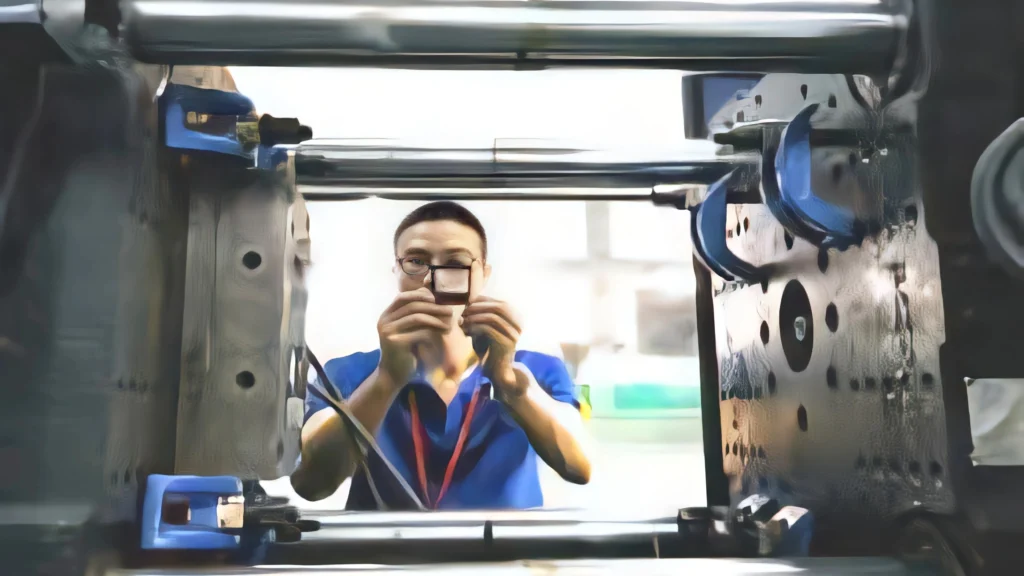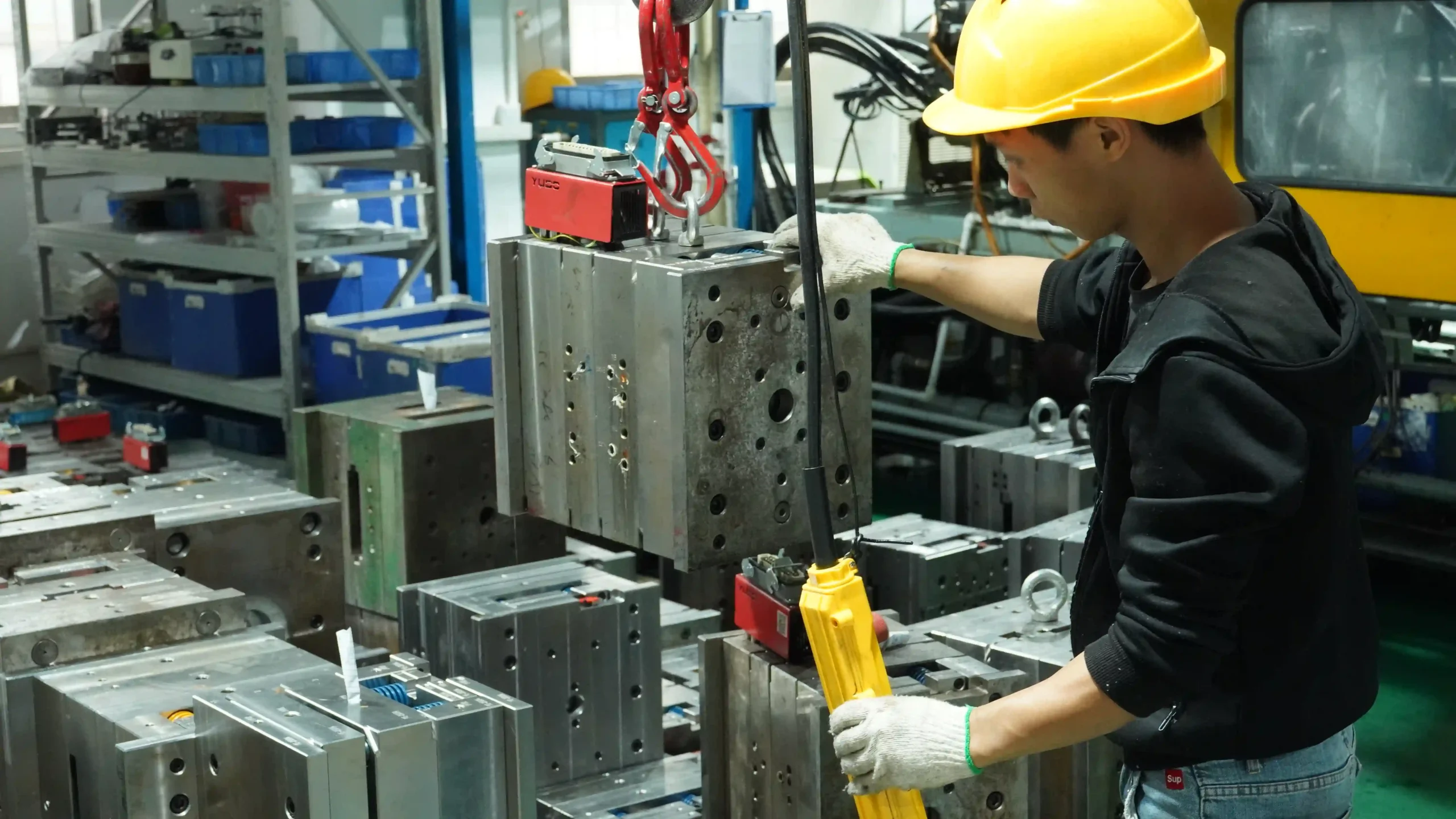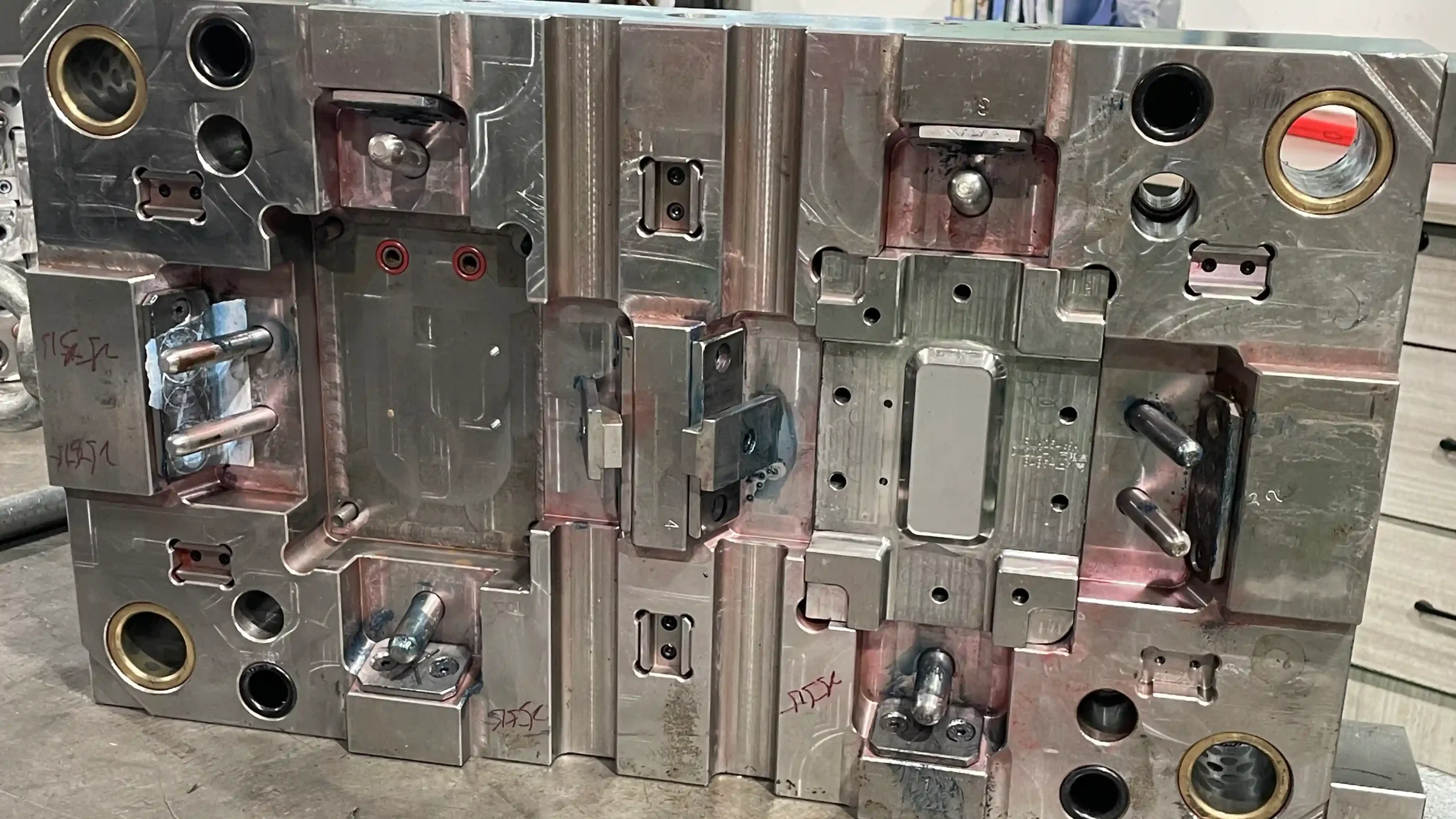Introduction
Table of Contents
ToggleUnder the wave of Industry 4.0 and smart manufacturing, traditional electronics production is undergoing a disruptive transformation. IMSE (In-Mold Structural Electronics), an innovative technology that integrates electronic circuits with injection molding, is unlocking new possibilities for industries like automotive, home appliances, and medical devices. This article delves into the technical principles, core advantages, and real-world applications of IMSE.
What is IMSE Technology?
IMSE is a process that embeds electronic circuits directly into injection-molded plastic components. By unifying printed electronics (e.g., sensors, antennas, LEDs) with structural parts, it replaces traditional “PCB + housing” designs. The workflow involves three stages:
- Circuit Printing: Conductive inks are used to print circuits on flexible film substrates.
- 3D Pre-forming: Flat circuits are shaped into 3D structures via thermoforming or vacuum forming.
- Mold Encapsulation: The pre-formed circuits are placed into molds and encapsulated with molten plastic.
This technology breaks the limitations of conventional assembly, enabling lighter, more durable, and geometrically flexible electronics.
Four Core Advantages of IMSE
1. Design Freedom Revolution
Circuits integrate seamlessly with curved or irregular surfaces (e.g., automotive dashboards, wearable devices).
2. Weight Reduction & Space Efficiency
Eliminates connectors and cables, reducing components by 70% (e.g., 30% lighter car consoles).
3. Enhanced Reliability
Molded encapsulation protects circuits from moisture, vibration, and corrosion, extending lifespan by 3-5x in harsh environments.
4. Cost Efficiency
Streamlined production cuts labor costs by 45% and boosts yield rates to 99.2%, as seen in home appliance case studies.
IMSE Applications Across Industries
1. Automotive: Building Smart Cockpits
- Smart Surfaces: Integrate touch controls and ambient lighting into door panels (e.g., BMW iDrive).
- Hidden 5G Antennas: Embed antennas inroofs/bumpers to reduce drag.
- Driver Monitoring: Pressure sensors in seats detect fatigue.
2. Consumer Electronics: Reinventing Interaction
- Smart Home Appliances: Touchscreens embedded in fridge doors for “invisible” controls.
- Wearables: Flexible IMSE enables heart rate sensors in smartwatch bands.
3. Medical Devices: Safety & Miniaturization
- Sterilizable Endoscopes: Eliminate infection risks from soldered circuits.
- Smart Pillboxes: Track medication via surface touch sensors.
4. Industrial IoT (IoT)
- Robotic Strain Sensors: Monitor joint stress in real time.
- Pipe Temperature Sensors: Replace external monitoring devices.
Challenges & Future Trends
Current Challenges:
- Material Costs: High prices of conductive inks and specialty films.
- Process Complexity: Requires cross-disciplinary expertise in electronics, molding, and AI.
Future Innovations:
- Flexible IMSE: Stretchable circuits for foldable screens and e-skin.
- Sustainability: Recyclable materials to meet eco-regulations.
- AI-Driven Design: Generative AI for rapid circuit-structure optimization.
Conclusion: How IMSE Reshapes Manufacturing
IMSE transcends technical upgrades—it reimagines electronics as an intrinsic part of product design. By merging functionality with form, it drives smarter, lighter, and more user-centric innovations. As materials and processes evolve, IMSE could become the gold standard for next-gen smart devices.



